By Eric T. Baker
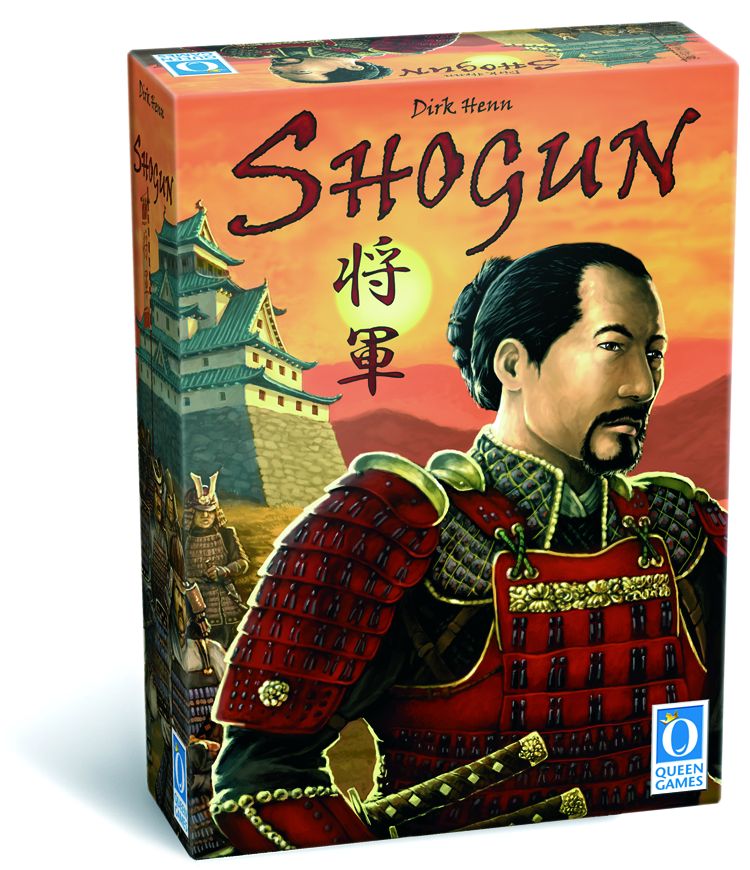 One of the new classics in war-themed board games is Wallenstein by German designer Dirk Henn from Queen Games. While that game simulates two years out of the 30 Years’ War, Henn and Queen have released a new game based on the Wallenstein mechanics called Shogun, which is set in feudal Japan during the Sengoku (Warring States) period. The game is for three to five players and takes around two hours to play. One of the oddities of it is that the map is double sided; players can choose which depiction (there are differences in province size and sea routes) they wish to play.
One of the new classics in war-themed board games is Wallenstein by German designer Dirk Henn from Queen Games. While that game simulates two years out of the 30 Years’ War, Henn and Queen have released a new game based on the Wallenstein mechanics called Shogun, which is set in feudal Japan during the Sengoku (Warring States) period. The game is for three to five players and takes around two hours to play. One of the oddities of it is that the map is double sided; players can choose which depiction (there are differences in province size and sea routes) they wish to play.
Shogun carries forward most of Wallenstein’s innovative mechanics, and refines some of them. The players’ turn order, for instance, is bid on in Shogun, and the players’ special abilities are randomly tied to the bidding and the order. This is all great, but the important question is, Does Shogun use the cube tower? The answer, to everyone’s joy, is yes. Basically, the cube tower is a way of randomizing how many armies will actually arrive and fight in any battle. In practice, the tower doesn’t affect the game as much as it might because the randomness encourages people to fight only when they have overwhelming odds. Still, it is a very cool mechanic in what is a very enjoyable game.
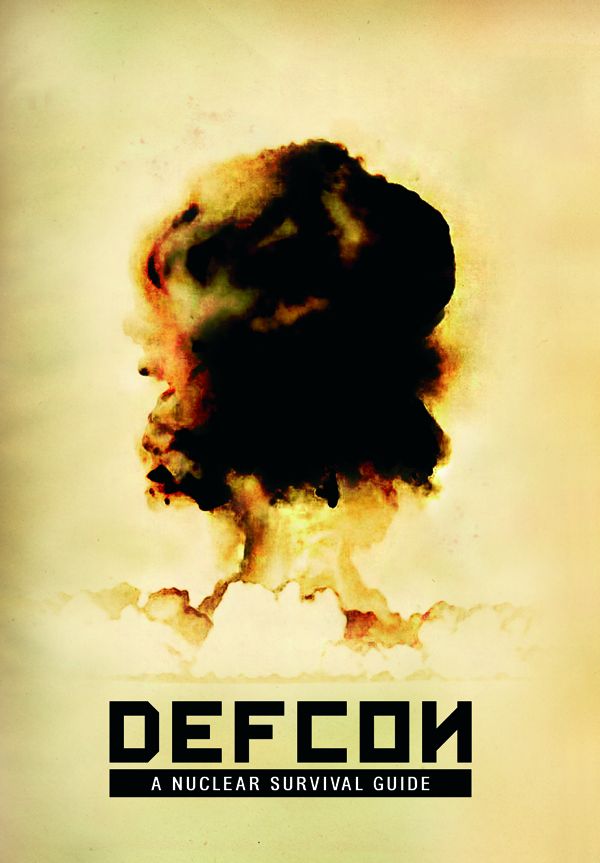 Instead of a single country at risk, Defcon, for the PC from Introversion Software, places the entire world in the middle of thermonuclear war. The game places the player in control of one of six super powers. The goal is to cause the most destruction possible to the other powers while defending the player’s own borders as much as possible. The game starts at Defcon 5 and no one is allowed to actually fight until the game reaches Defcon 3. At Defcons 3 and 2, players can no longer build, but spar with their conventional forces. At Defcon 1, the nukes come out. Players use the starting turns to position the resources that will make or break them once the warheads start flying.
Instead of a single country at risk, Defcon, for the PC from Introversion Software, places the entire world in the middle of thermonuclear war. The game places the player in control of one of six super powers. The goal is to cause the most destruction possible to the other powers while defending the player’s own borders as much as possible. The game starts at Defcon 5 and no one is allowed to actually fight until the game reaches Defcon 3. At Defcons 3 and 2, players can no longer build, but spar with their conventional forces. At Defcon 1, the nukes come out. Players use the starting turns to position the resources that will make or break them once the warheads start flying.
Defcon is a very simple game in that there are only six units and no resource management. The play is all in balancing what kind of units the players buy and where they deploy them. The game is depicted in wire frame graphics that are a pretty direct steal from the movie Wargames, but are still very effective in their stark simplicity. This applies to the game’s mechanics as well. They are uncomplicated, but they allow for many, many strategies.
At the other end of the spectrum is Great Invasions for the PC from Indie Games Productions. Set in the European Dark Ages, between 375 and 1066 ad, the game has the player manage a region over time, commanding the place even as it changes names, peoples, and religions. In fact, the player is often in charge of multiple kingdoms or states while competing against many more. The game has 150 historical nations/ tribes/people and 30 religions and heresies. Players compete militarily, economically, and diplomatically.
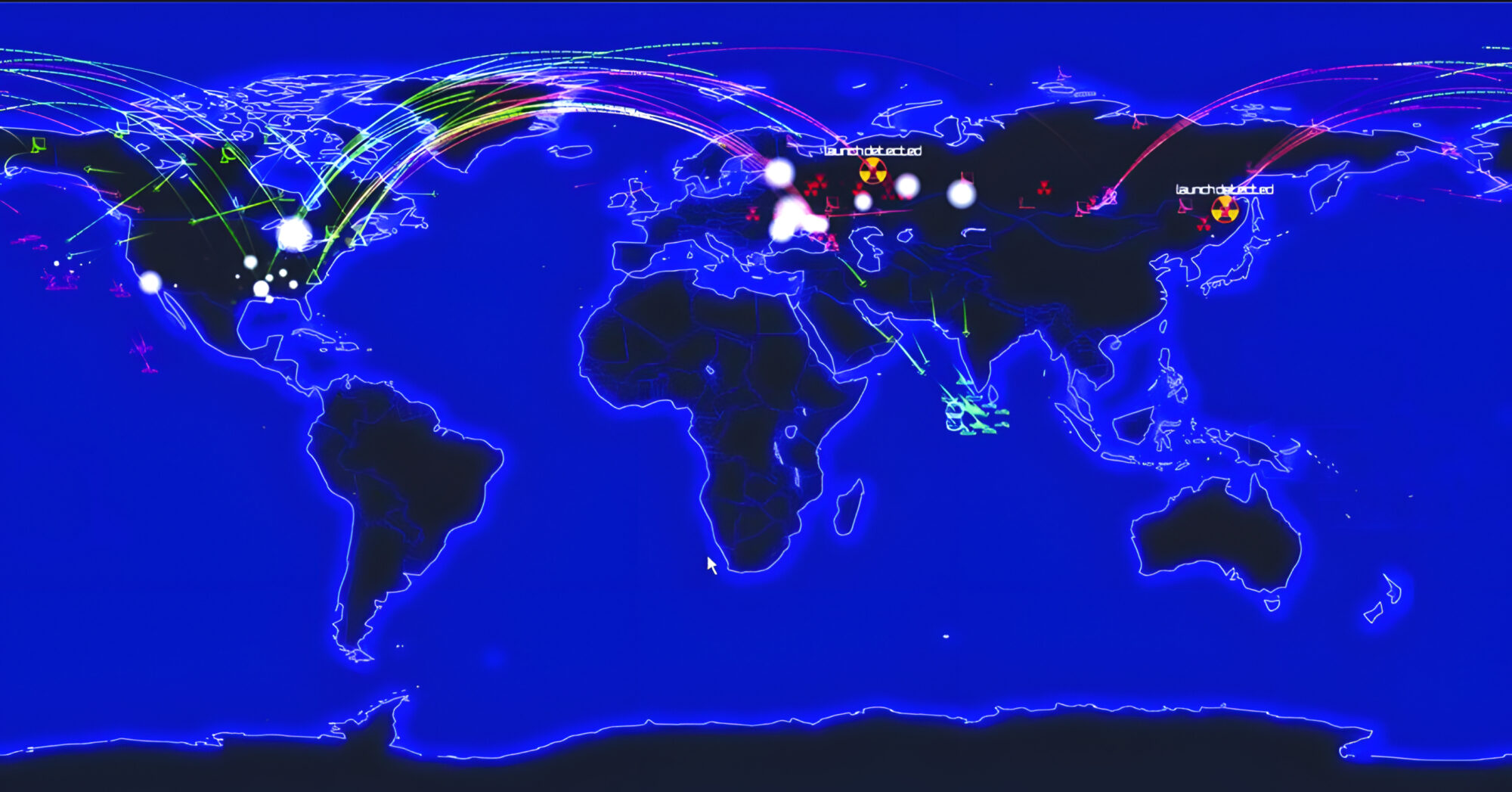
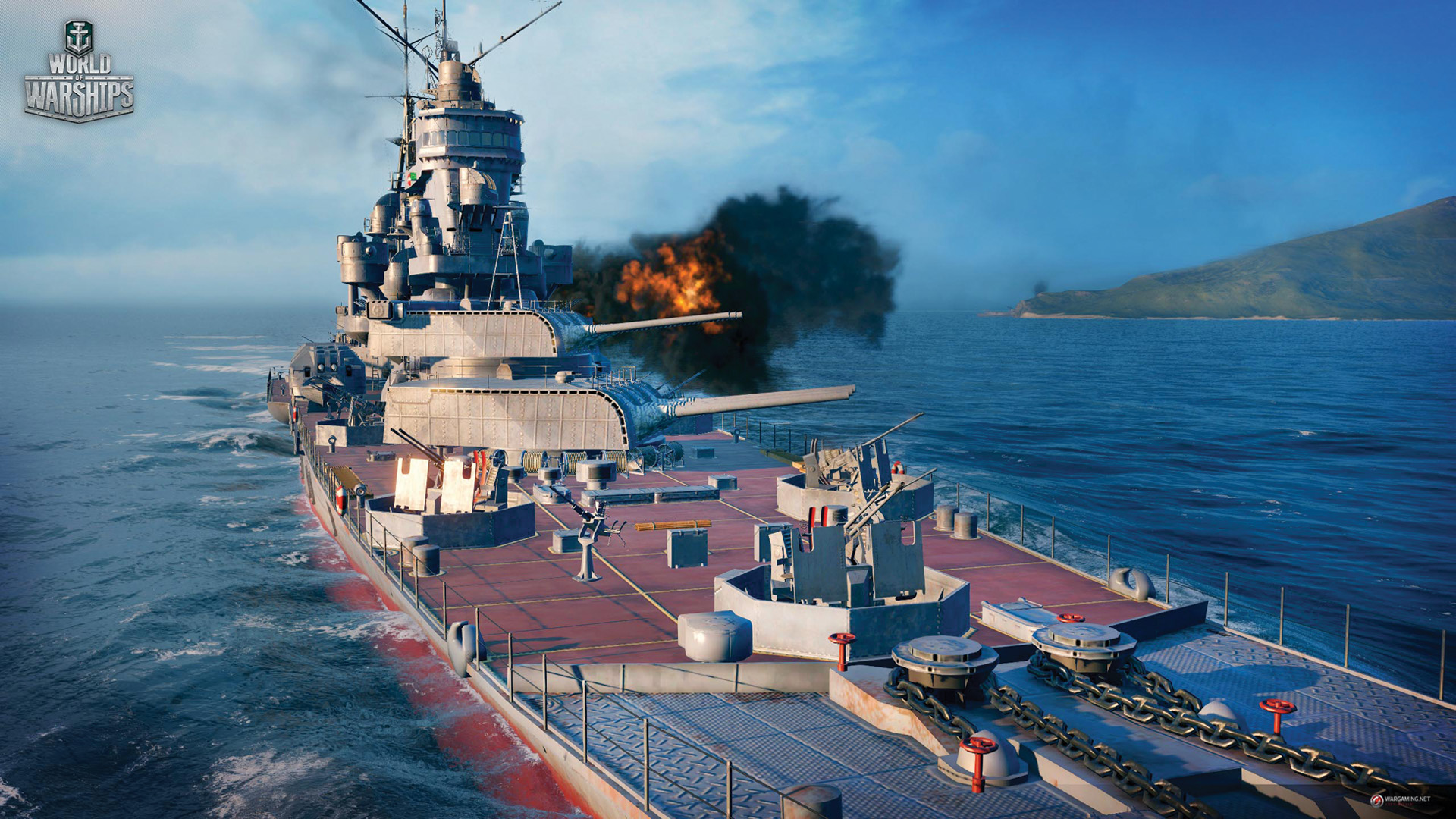
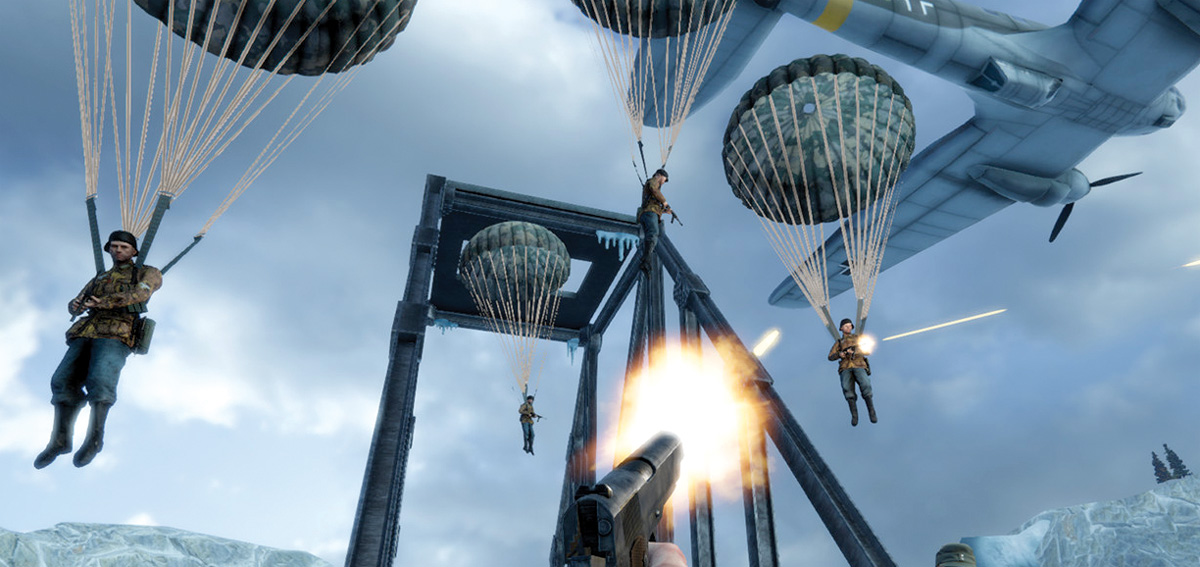

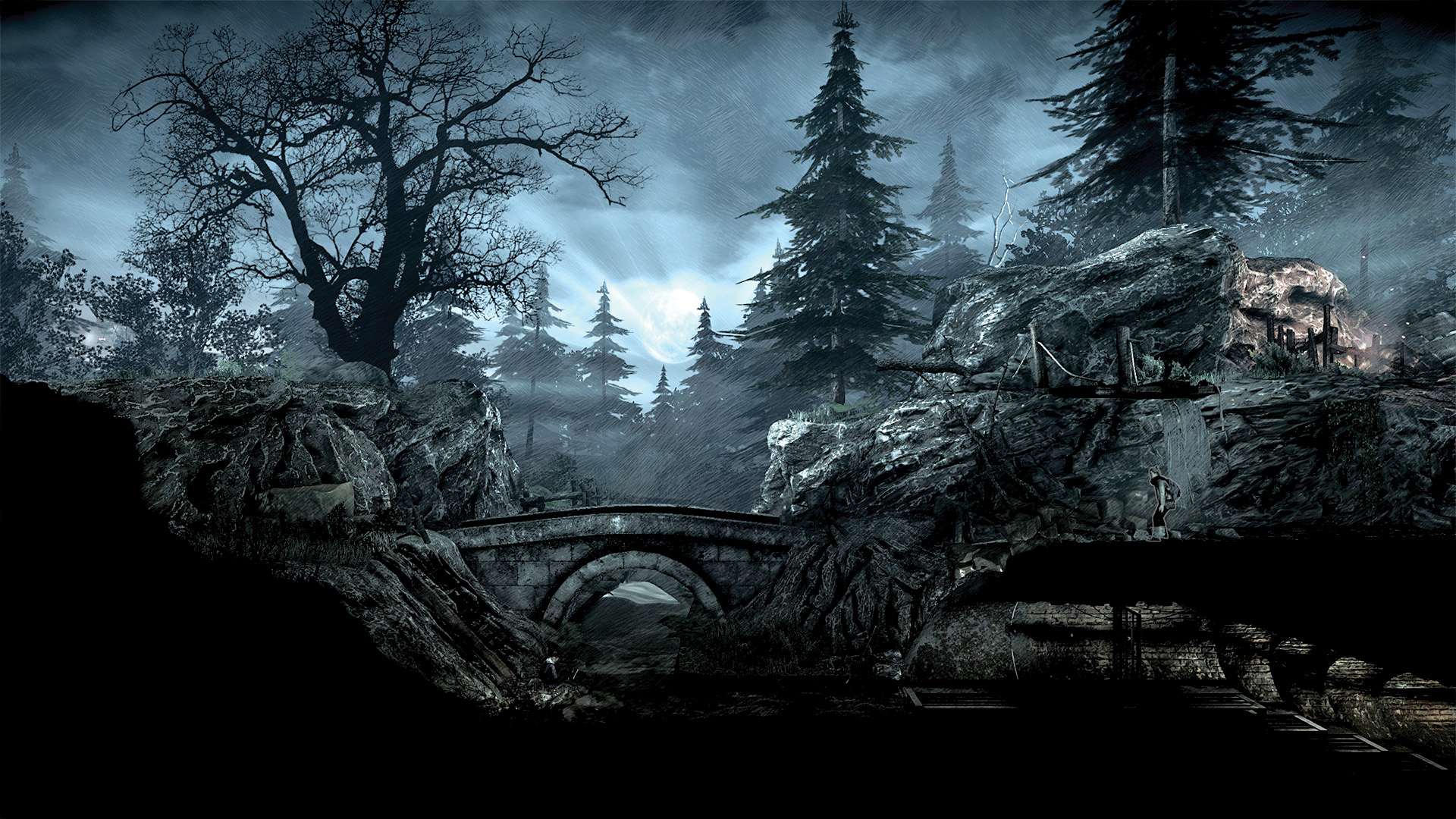

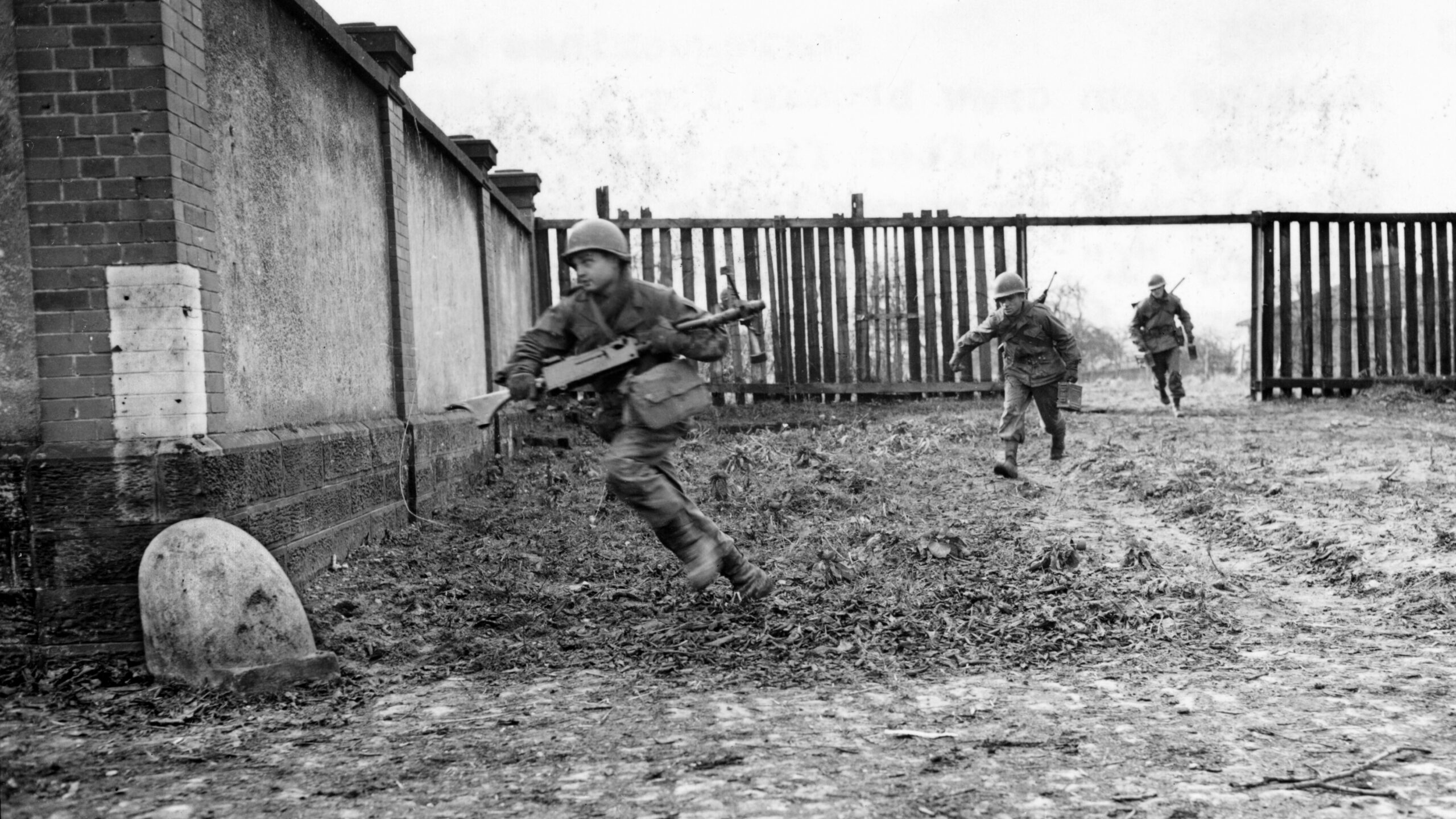
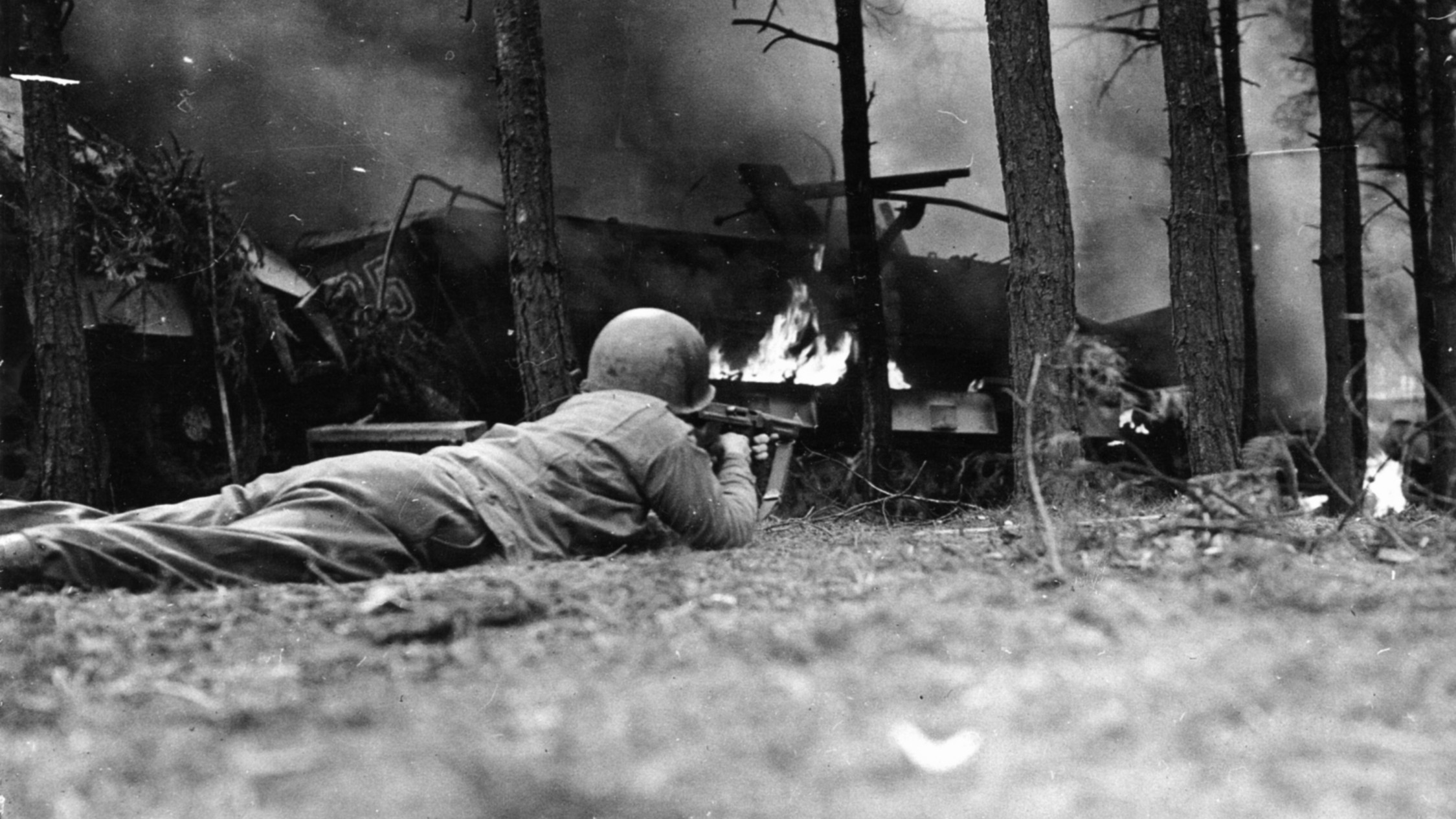
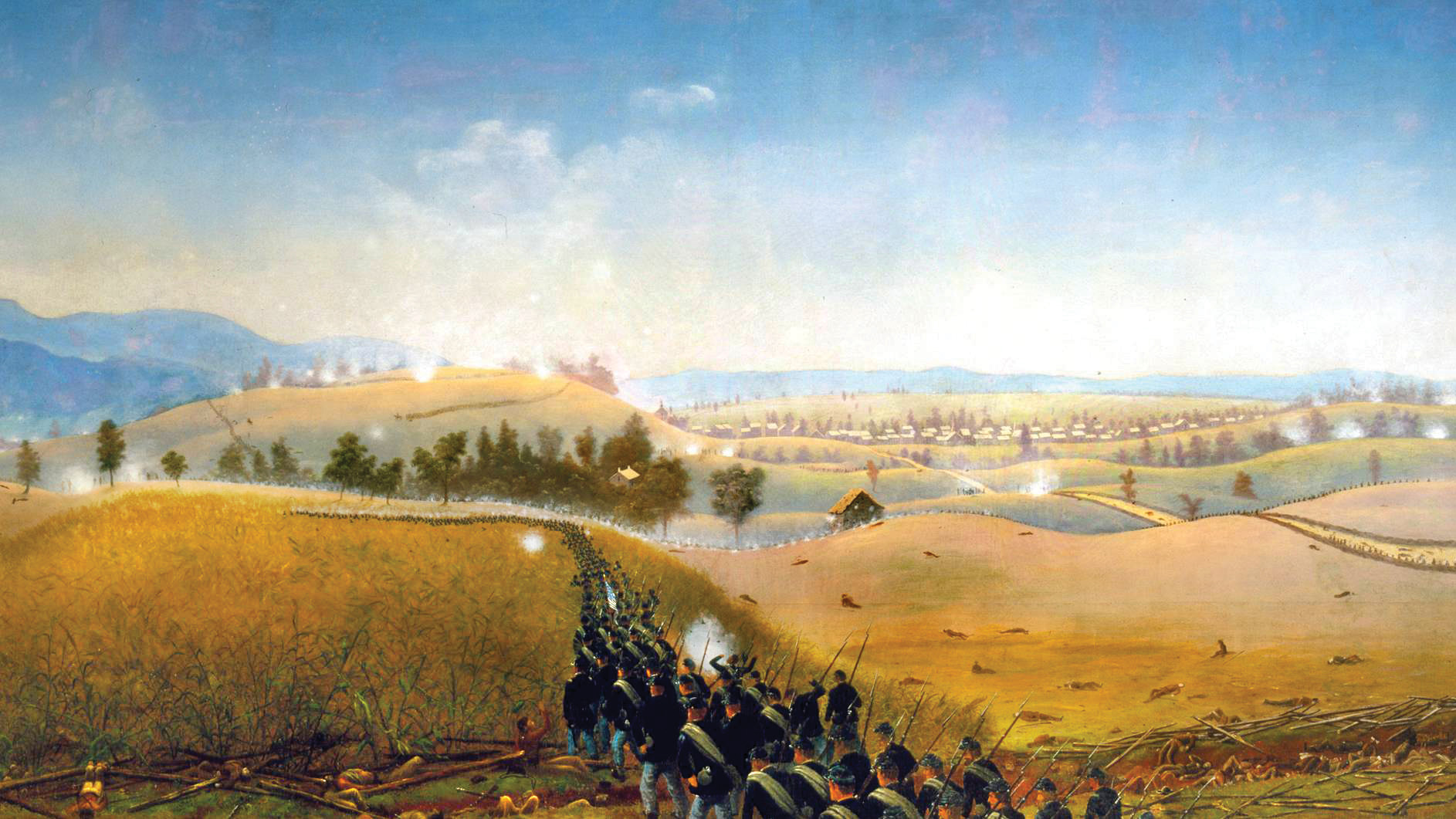
Join The Conversation
Comments
View All Comments